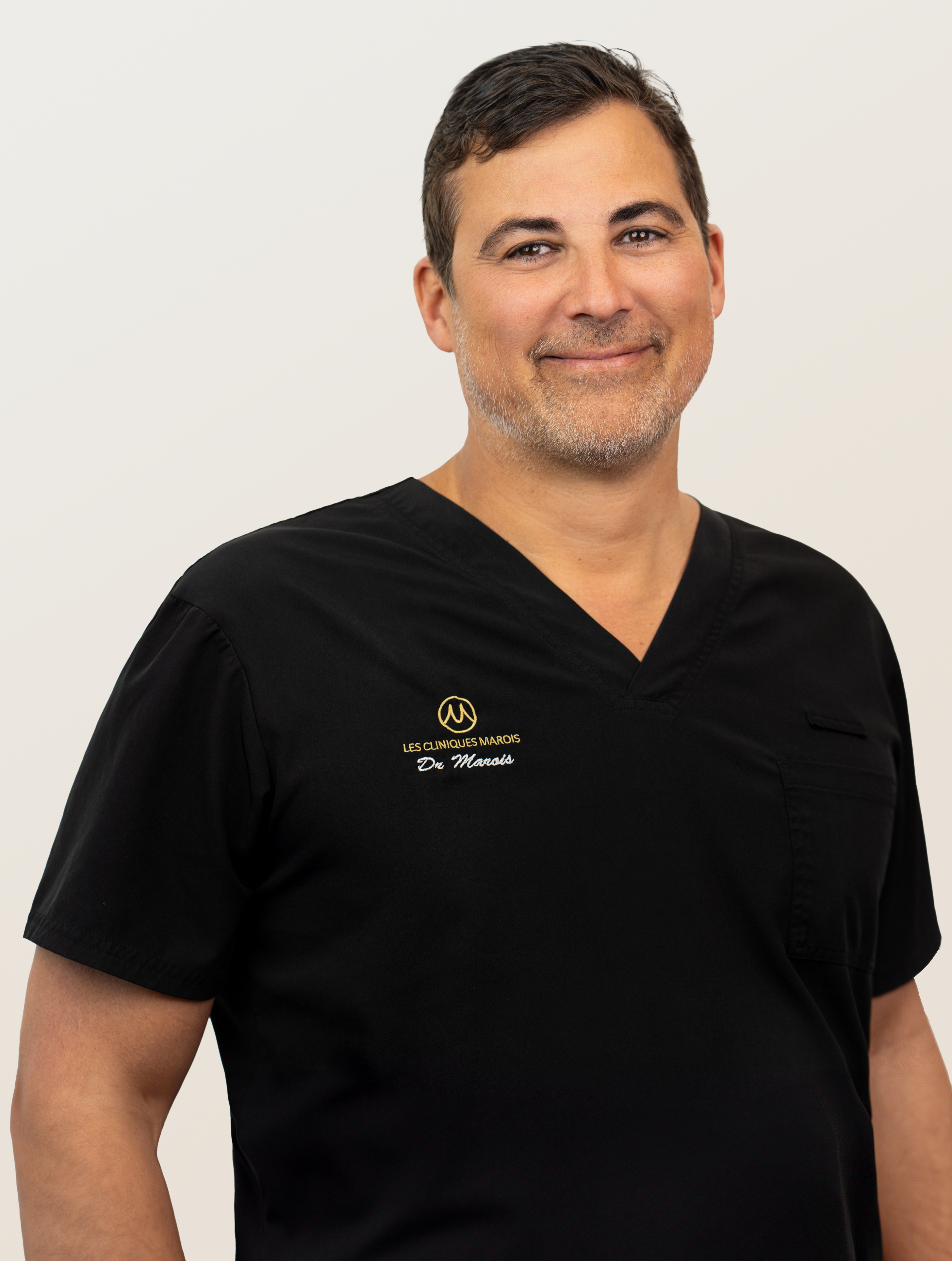madman
Super Moderator
Penile prosthesis surgery is a definitive treatment for erectile dysfunction (ED). The two categories of penile prosthesis are endorsed by professional guidelines, inflatable penile prosthesis (IPP) and malleable penile prosthesis (MPP). Each modality of penile prosthesis offers distinct advantages and incorporates specific design features, allowing for personalized device selection that aligns with individual needs and preferences. While the overall complication rate of penile implant surgery remains low, surgeons should maintain a high index of suspicion for complications in the perioperative time period. Multimodal analgesic regimens including nerve blocks and narcotic-free pathways should be administered to manage perioperative pain. Finally, the high patient satisfaction after penile prosthesis surgery underscores the success of this ED treatment option.
INTRODUCTION
Approximately 150 million men around the world suffer from erectile dysfunction (ED), a condition characterized by the persistent difficulty or inability to achieve and/or sustain a satisfactory penile erection for sexual activity.1,2 The current professional guidelines recommend penile implant surgery (PIS) as the definitive treatment for patients with ED refractory to noninvasive therapies.2 This review assesses the contemporary literature on indications, types of implants, outcomes, and pain management strategies in PIS to provide clinicians with an understanding of this surgical treatment for ED.
*INDICATIONS FOR PENILE IMPLANT SURGERY
TYPES OF PENILE IMPLANTS
Evolution of penile implantsThe evolution of penile implants over the past 80 years has brought improvements in rigidity, flexibility, and postoperative pain.11 The first penile implant was placed in 1936 using an abdominal tube pedicle graft, followed by the incorporation of rib cartilage in 1948, the introduction of acrylic stents in 1952, and the use of intracavernosal polyurethane rods in the 1960s. The National Aeronautics and Space Administration’s high-grade silicone aided the development of silicone penile implants, leading to the precursor of the current inflatable penile prosthesis (IPP). Today, there are two main types of implants: IPP and malleable penile prosthesis (MPP).
*IPP
*MPP
*DATA ON PATIENT SATISFACTION
COMPLICATIONS
In addition to satisfaction, complication rates are used to evaluate the outcomes in PIS. Postoperative complications affect 11.3%–35% of patients, the most common of which include hematoma formation, glans hypermobility, mechanical failure, erosion, and infection.21,22
*Hematoma
*Glans hypermobility
*Mechanical failure
*Erosion
*Scrotal skin violation
*Infection
*PAIN MANAGEMENT
CONCLUSION
Penile implant surgery has emerged as a cornerstone in the surgical management of erectile dysfunction. The evolution of penile prostheses has contributed to enhancing the durability of the devices, refining surgical techniques, limiting complications, and improving patient satisfaction. Understanding the progression and current landscape of penile implants is important to facilitate future innovation and advancements in the surgical management of erectile dysfunction.
INTRODUCTION
Approximately 150 million men around the world suffer from erectile dysfunction (ED), a condition characterized by the persistent difficulty or inability to achieve and/or sustain a satisfactory penile erection for sexual activity.1,2 The current professional guidelines recommend penile implant surgery (PIS) as the definitive treatment for patients with ED refractory to noninvasive therapies.2 This review assesses the contemporary literature on indications, types of implants, outcomes, and pain management strategies in PIS to provide clinicians with an understanding of this surgical treatment for ED.
*INDICATIONS FOR PENILE IMPLANT SURGERY
TYPES OF PENILE IMPLANTS
Evolution of penile implantsThe evolution of penile implants over the past 80 years has brought improvements in rigidity, flexibility, and postoperative pain.11 The first penile implant was placed in 1936 using an abdominal tube pedicle graft, followed by the incorporation of rib cartilage in 1948, the introduction of acrylic stents in 1952, and the use of intracavernosal polyurethane rods in the 1960s. The National Aeronautics and Space Administration’s high-grade silicone aided the development of silicone penile implants, leading to the precursor of the current inflatable penile prosthesis (IPP). Today, there are two main types of implants: IPP and malleable penile prosthesis (MPP).
*IPP
*MPP
*DATA ON PATIENT SATISFACTION
COMPLICATIONS
In addition to satisfaction, complication rates are used to evaluate the outcomes in PIS. Postoperative complications affect 11.3%–35% of patients, the most common of which include hematoma formation, glans hypermobility, mechanical failure, erosion, and infection.21,22
*Hematoma
*Glans hypermobility
*Mechanical failure
*Erosion
*Scrotal skin violation
*Infection
*PAIN MANAGEMENT
CONCLUSION
Penile implant surgery has emerged as a cornerstone in the surgical management of erectile dysfunction. The evolution of penile prostheses has contributed to enhancing the durability of the devices, refining surgical techniques, limiting complications, and improving patient satisfaction. Understanding the progression and current landscape of penile implants is important to facilitate future innovation and advancements in the surgical management of erectile dysfunction.













